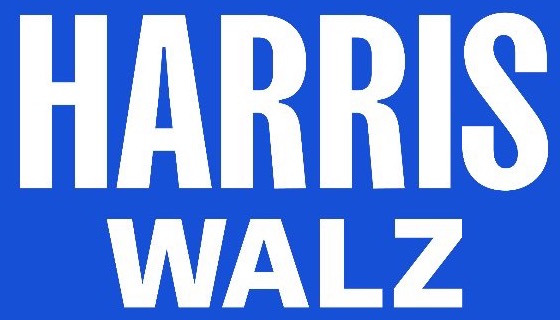Mandate for Leadership - Chapter 24 - Federal Reserve - TL;DR
Overview:
Chapter 24 outlines a radical plan to significantly weaken or even abolish the Federal Reserve (Fed), arguing that it is responsible for economic instability and has become too powerful and unaccountable.
Key Takeaways:
- Blaming the Fed: The chapter blames the Fed for causing inflation, recessions, and financial crises, arguing that its manipulation of interest rates and the money supply distorts markets and leads to economic instability.
- Eliminating the Dual Mandate: It calls for eliminating the Fed’s dual mandate of maximizing employment and maintaining price stability, arguing that it should focus solely on price stability, potentially leading to higher unemployment and a disregard for the well-being of workers.
- Limiting the Fed’s Power: It advocates for limiting the Fed’s power, including curbing its lender-of-last-resort function and winding down its balance sheet, potentially making the financial system more vulnerable to crises.
- Radical Alternatives: It suggests considering radical alternatives to the Fed, such as “free banking” (where private banks issue their own currencies) or a return to the gold standard, both of which are highly controversial and could lead to significant economic instability.
Critical Quote:
“Public control of money creation through the Federal Reserve System has another major problem: Government can abuse this authority for its own advantage by printing money to finance its operations.”
Why It Matters:
This chapter reveals a radical and dangerous vision for monetary policy, based on a deep distrust of the Fed and a belief that the government should not have a role in managing the economy. These proposals, if implemented, could lead to economic chaos and harm millions of Americans.
Red Flags:
- Increased Economic Instability: Weakening or abolishing the Fed could lead to greater economic instability, making the financial system more vulnerable to crises and potentially triggering a recession.
- Higher Unemployment: Eliminating the Fed’s dual mandate and prioritizing price stability over full employment could lead to higher unemployment rates, particularly during economic downturns.
- Unproven and Risky Alternatives: The proposed alternatives to the Fed, such as “free banking” and a gold standard, are unproven and risky, potentially leading to hyperinflation, deflation, or other forms of monetary instability.
Bottom Line:
Chapter 24 outlines a reckless and ideologically driven attack on the Federal Reserve, potentially jeopardizing the stability of the U.S. economy and the well-being of millions of Americans. It reflects a fringe view of monetary policy that is out of step with mainstream economic thinking and could have disastrous consequences if implemented.

